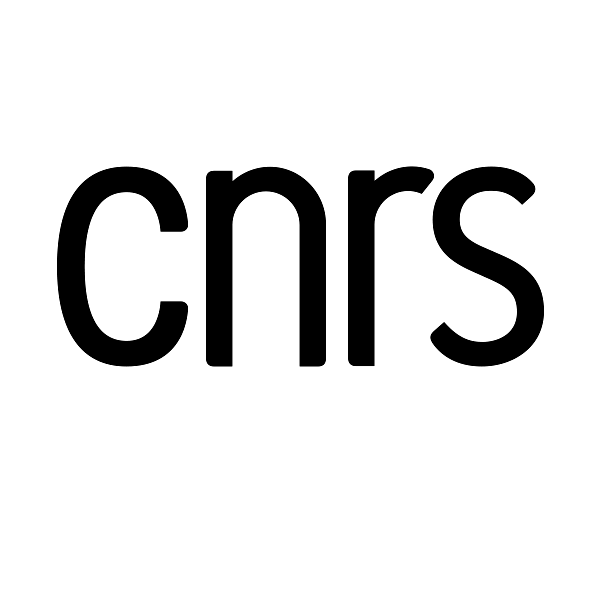Le 30 juin 2017
de 11h00 à 11h30
Le Patio (université de Strasbourg)
22 rue René Descartes, 67000 Strasbourg
amphithéâtre 6
Séance - The Bel-Canto Era: Rossini, Donizetti, and Bellini
Pré-acte / Acte
Auteur : Matthew Boyle
Discussions of primo ottocento opera have long understated its harmonic qualities. I contend that this persistent attitude is the residue of a historic shift in the meanings of harmony. In the decades surrounding 1800, and largely fuelled by the theories of Rameau, harmony began to describe only the rules governing chordal objects. It subsequently shed its prior usage as a descriptor of texture. Before discarding its textural meanings, harmony did not stand solely as a prime exemplar of what Leonard Meyer called syntactic parameters in music. Harmony instead encompassed both syntactic and statistical parameters equally, uniting the spiritual and the material. The writings of Sulzer, Burney, Rousseau, Stendhal, Fétis, and the Italian pedagogical tradition preserve these antiquated meanings of harmony. Harmony, in short, once was used to describe musical syntaxes and musical textures, usually in one of five ways: as chordal, as instrumental, as contrapuntal, as timbral, and as a measure of euphony. The conservative tradition of ottocento opera demands re-expanding the semantic scope of harmony to its pre-Ramellian borders. Instead of emphasizing metaphysical chromaticism, Italian operas placed aesthetic attention of the material qualities of harmony. I examine the harmonic materiality of two sets of conventions: a timbrally luxurious messa di voce gesture and the haptic sensualism of pizzicato accompaniments. Such an attitude suggests paths of dialogue between music theory and recent trends in operatic criticism which prize the material, bodily, and drastic components of musical experiences over the compositional, technical, and the hermeneutic.








